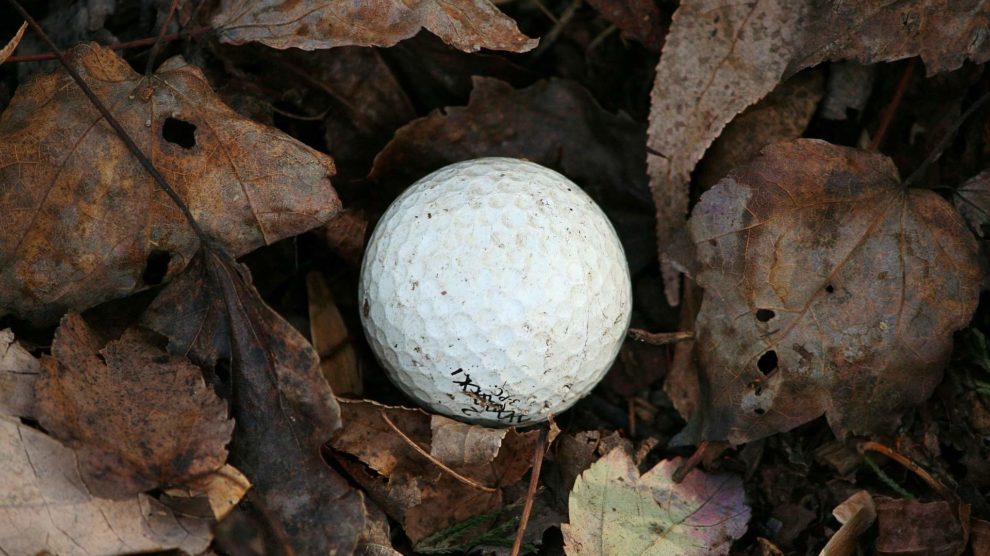There's an old expression in golf, that a golfer has to "play the ball as it lies."
It's used in the movie "Happy Gilmore" (albeit incorrectly), when the Tour Commissioner, Doug, tells Shooter McGavin that he has to play a ball off a spectator's foot. Rules professionals use the term somewhat frequently.
What does it mean in golf to 'play it where it lies'?
In golf, to play the ball where it lies means that a golfer is expected under most circumstances to play their next shot by hitting the golf ball from the exact spot and situation where they found the golf ball.
If a golf ball lands in the fairway, but it's in a spot that has thinner grass than other areas near it, a golfer isn't allowed to move their ball to a slightly better spot.
If a golfer find their ball in a bunker and sees a clump of sand right behind their ball, they can't move the sand to make for a cleaner shot. However, if a golfer's ball is next to a loose, small rock, the golfer can move that rock so long as they don't move the ball.
To play it where it lies in golf means taking what the golf course has given you for your shot and dealing with it.
Of course, there are exceptions to having to play the ball where it lies.
When does a golfer not have to 'play the ball where it lies'?
There are a variety of circumstances when a player does not have to play the ball where it lies:
- Teeing off -- A golfer can pick the location where they tee the ball and how they choose to tee it up (if at all)
- On the green -- A golfer can pick up their ball after marking it on the putting surface and clean it before putting again
- In a penalty area -- A golfer has the option of playing the ball from a penalty area or taking the penalty and getting relief
- Taking an unplayable lie -- At any time during a round, a golfer can take an unplayable lie and get relief after a one-stroke penalty
- In ground under repair -- A golfer gets free relief from ground under repair, as marked by stakes, signs or paint
- On the cart path -- A golfer gets free relief from a cart path, either because of their stance, lie or intended swing path
These are just some of the examples of when a golfer doesn't actually have to play their ball as it lies. So, while that expression is common in golf, it's not always true.

